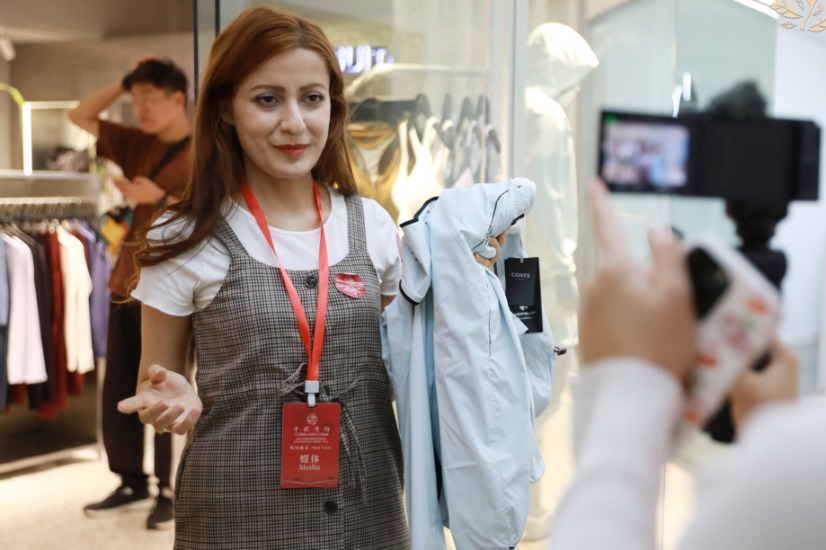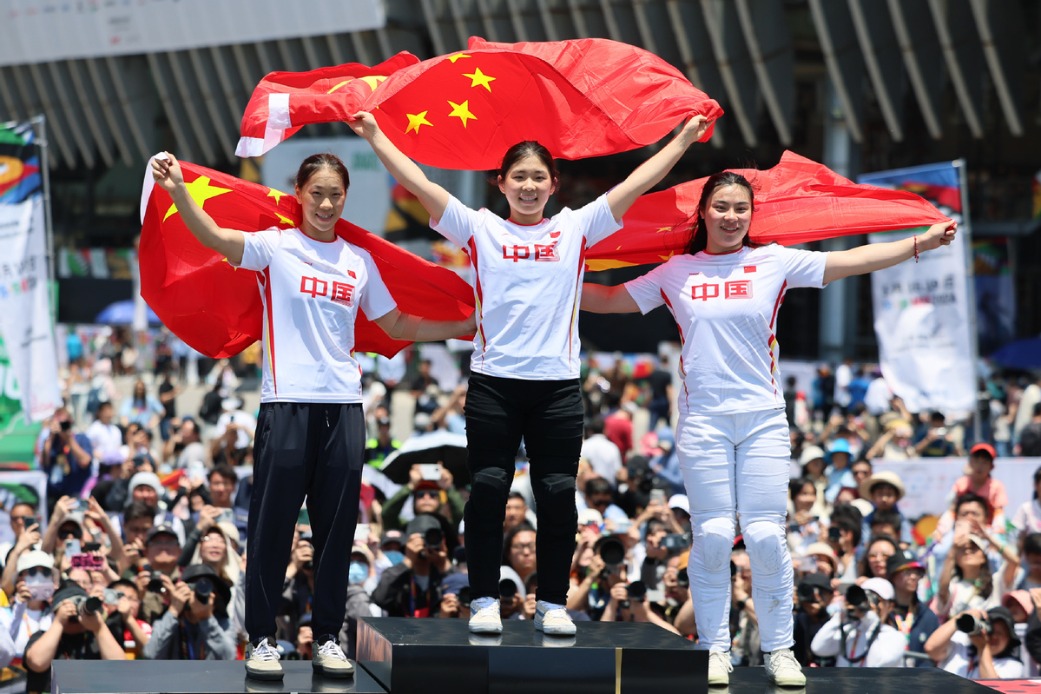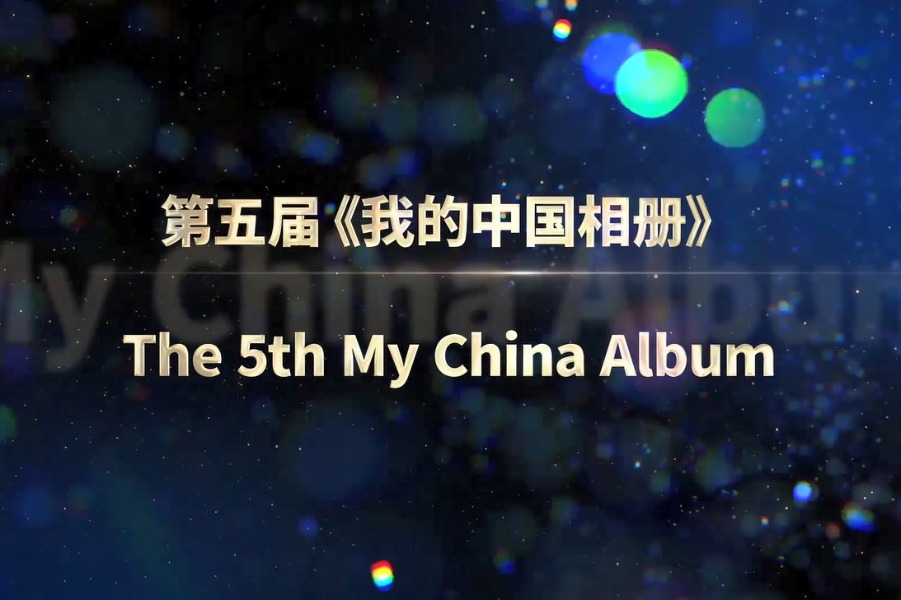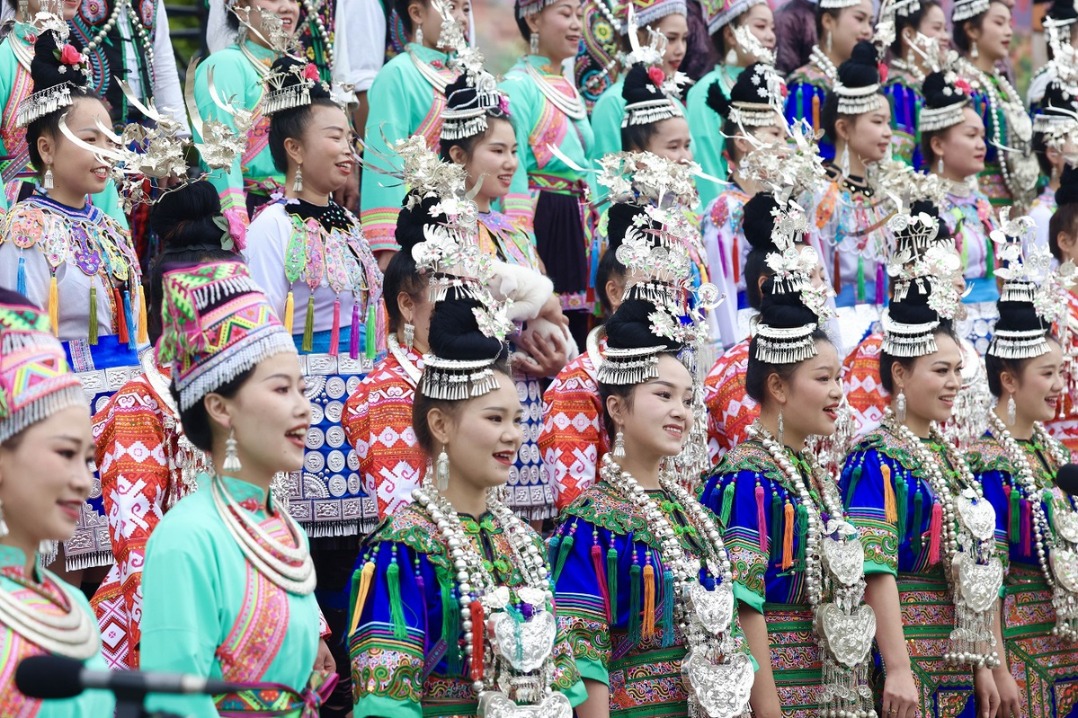Exhibits promote understanding, admiration
By Wang Linyan in London | China Daily Global | Updated: 2023-10-25 01:17

Chinese cooperation
Before Luk started at the British Museum, she was a curator at the Victoria and Albert Museum for nearly three years, and from 2013 to 2014 was project curator for the exhibition Ming: 50 Years That Changed China, curated by Jessica Harrison-Hall and Craig Clunas, professor emeritus at the University of Oxford.
It was the first exhibition of its kind to explore China's history from 1400 to 1450, a key 50-year period during the Ming Dynasty (1368-1644).
Highlights included gold and gem-encrusted jewelry from the tombs of Ming princes and water-and-land ritual paintings made for the Baoning Temple in Shanxi province.
The idea of the exhibition was to highlight unexplored open contacts that the Ming court had with the wider world.
"It's quite unusual to focus on 50 years of history, and I think that's a deliberate choice, to try and look at a period really closely," Luk says of the time when explorer Zheng He made seven epic voyages, and when there were diplomatic connections between China and courts in other countries.
Another aspect of the exhibition was the introduction of princes from the Ming court and explanations of their significance.
"So, it's meant to create this understanding of the broader court culture of the Ming Dynasty during this period, and then also its contacts with other places," Luk explains.
The British Museum has long-standing relationships with institutions in China and the Ming exhibition borrowed from a number of Chinese museums. Chinese scholars also participated in the academic exchange conference that accompanied it.
"It's hugely important that such cultural exchanges between museums can help promote mutual understanding of different countries and also the development of society," she says.
"Through the professional dialogue that we have with colleagues in China, we can better understand the museum practice in the current times. Also because we have Chinese collections at the museum, the collaboration with Chinese colleagues is hugely important for how we understand the collection, how we display these objects in best practices."
For Luk, sharing exhibitions with a wider audience is "particularly important nowadays, given there's a lot of conflicts and misunderstandings in the world".
"And the museum can play its part in trying to facilitate greater understanding and mutual admiration."
Contact the writer at wanglinyan@chinadaily.com.cn
























